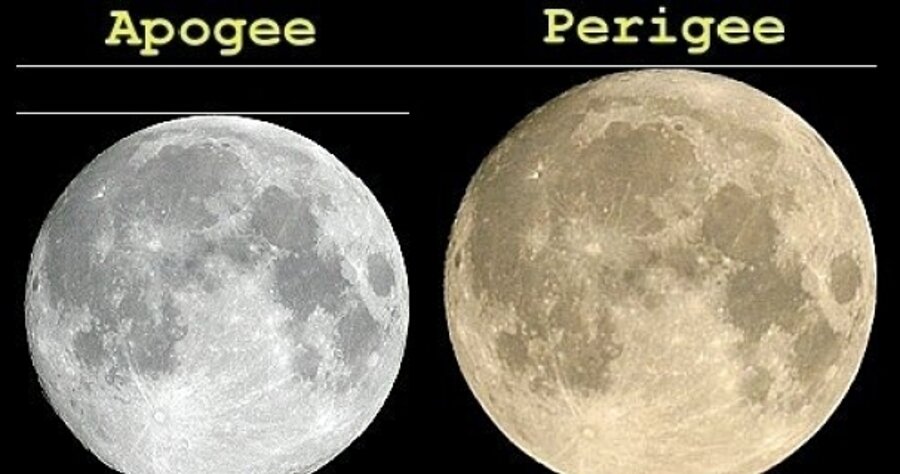What a full moon! And a meteor shower that's still worth watching.
Loading...
All other things being equal, this was supposed to be a weekend for some fine meteor-shower watching. The Geminid meteor shower peaks overnight Dec. 13-14. By some estimates, anyone watching at the right time under dark-sky conditions could witness from 50 to 80 meteor streaks an hour.
But this time around, all other things are not equal. Tonight, the moon will put on its best display in 15 years. It will appear some 14 percent bigger than usual and 30 percent brighter. That will affect the meteor-shower show overnight tomorrow night.
What's amping up the moon's apparent size and brightness? The moon will reach its full phase a scant four hours after it reaches perigee today – the point in its orbit where it swings closest to Earth.
And it's happening at a time when it lines up with Earth and the sun – although not so directly as to trigger an eclipse. So the combined tugs of the sun and Earth drag the moon's perigee a bit closer to Earth than usual. We won't see a moon with this apparent size or brightness again for another eight years.
That means the meteor shower won't be as big a show as it might have been. The moon will be edging into its waning-gibbous phase by the 13th and 14th. But it will be bright enough to wash out all but the brightest meteor trails. As if unwilling to yield the cosmic stage, the moon will appear within the constellation Gemini – where the meteors appear to originate.
Alan MacRobert, over at Sky & Telescope magazine, suggests that the number of visible meteor trails likely will drop to an average of about 1 every several minutes.
So what's a skywatcher to do? Bundle up anyway (even in temperate weather), make a thermos of hot chocolate, stretch out in a lounge chair outdoors, and enjoy the show. The best viewing time will be from 2 a.m. to sunrise on the 14th.





